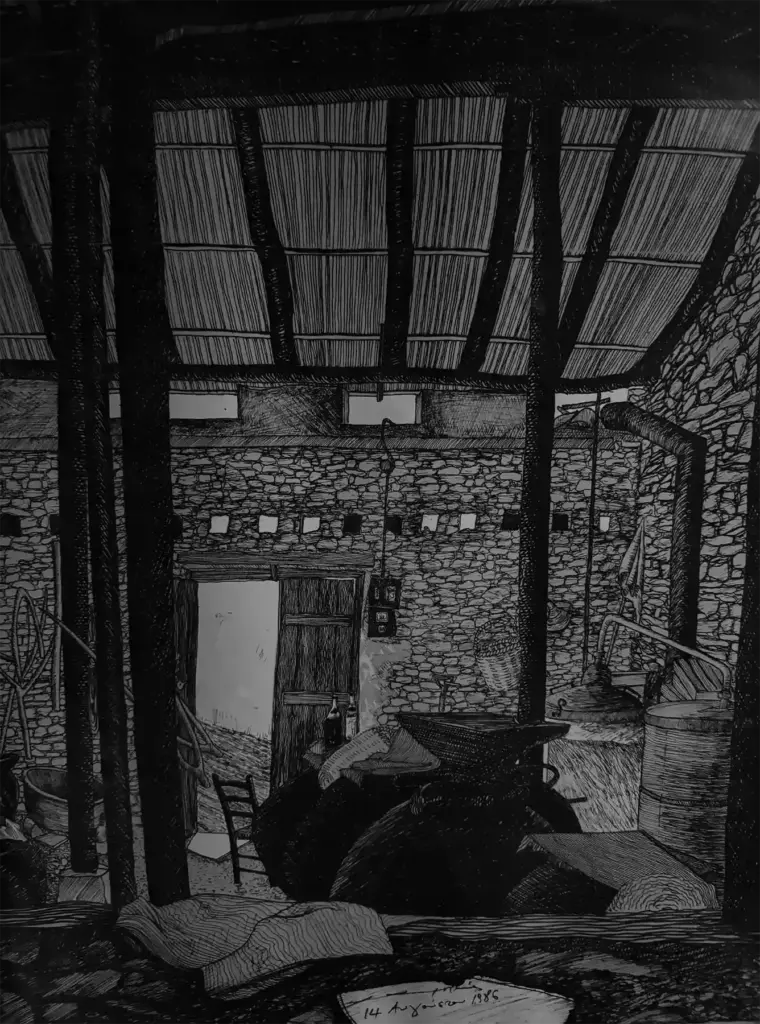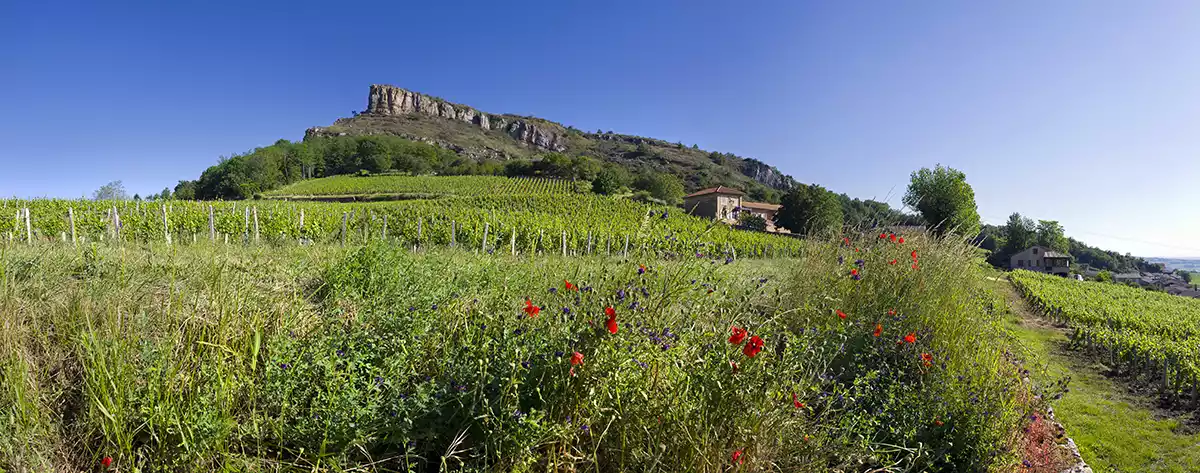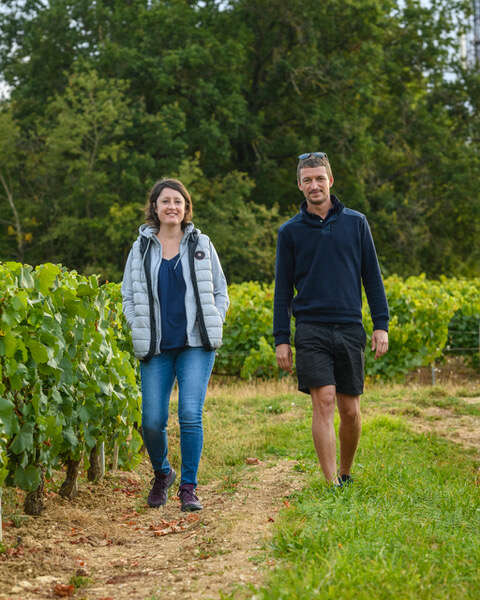
In the first of a three-part series on the wines and winemakers of Cyprus, Paul White is surprised by a dynamic and historic wine culture that is beginning to make full use of a host of fascinating indigenous grape varieties and techniques.
I didn’t know what to expect from my first visit to Cyprus. The cynic in me suspected Cyprus might be cranking out loads of misplaced, nondescript Sauvignon Blanc, Chardonnay, Cabernet, and other “nowhere” wines for beached tourists, so often the case with Mediterranean countries over the past four decades.
Instead, very happily, I found a dynamic wine culture with a fascinating historical past, in the process of rediscovering a wide range of previously unknown native grape varieties. In terms of virgin territory, who could ask for anything more?
Cypriot wine, it turns out, is extraordinary in many aspects.
Cyprus is the only European country that has remained completely phylloxera-free. All vines are planted on their own roots, oft speculated to facilitate healthier plants and purer varietal characters. Because Cyprus remained glacier-free during the last Ice Age, its dozen-plus autochthonous grapes avoided extinction, similar to a few other outposts in Iberia and Mediterranean islands. As a result, they retain distinct DNA profiles, with some sharing more ancient wild grape characteristics, others born of domestication later.
Cyprus has “differences” in spades.
The island’s terroir, stretching from high mountains down to the sea, is as complex, varied and influential as anywhere else in the world. On the cusp of two continental plates, Cyprus is famous in geological circles for exposing strata that emanated 92 million years ago from 8km (5 miles) deep within Earth’s mantle, this is counterpointed by massive roller coaster-sized layers of limestone lifted from the sea floor. Half the island’s soils are volcanic and the rest calcareous derived—none of it fertile. Vines are planted from the sea to the mountains, with the most interesting vineyards sited between 600–1,500m (1,970—4,920ft), among the highest in Europe. Elevation is actively employed to extend the growing season length and drive ever more interesting wine characters.
Cyprus has been making wine continuously from wine’s earliest periods. Archaeologists have dug up tannin-filled clay pots dating from 6,000 years ago. Newer digs suggest that date may be pushed back to 8,000 years or earlier; not far off the ancient claypot wine-producing cultures inhabiting modern Georgia, Armenia, and Turkey.
Intriguingly, the country retains hundreds of 500–600-liter (130–160 US gallons), pithari clay winemaking pots—a Cypriot form similar to Roman dolium, but clearly predating the Romans by thousands of years. Now decorating wineries, restaurants, town squares, and people’s gardens, these pots dominated large-scale wine production well up into the modern era and continue in use in villages for family production—not unlike similar ancient technology that carries on through Alentejo’s talha or Georgia’s qvevri wine cultures. Cyprus hasn’t realized how important these pots are to their wine future—yet.

Cyprus in the modern era
Cyprus’s “modern” wine history took off during the Crusades when western Europe discovered its ubiquitous, ultra-sweet, sun-dried grape wines. Richard the Lionhearted famously served it at his wedding, after becoming King of Cyprus in 1191. Shortly afterward he sold the country to the Knights Templar and thereafter they flogged it everywhere around the Mediterranean. Named Commandaria, after their castle headquarters in Limassol, this wine is reckoned to be the world’s oldest continually produced wine brand. Praised throughout Europe during the Renaissance, surviving Ottoman occupation, and later promoted during British colonial periods in the late 19th and 20th centuries, it is currently undergoing a thoughtful makeover by the 54 small producers working in Cyprus today.
During the early 20th century, Commandaria’s oxidative style naturally evolved into Cyprus Sherry. First fortified in 1927, this offshoot proved a massive success globally, until sadly becoming unfashionable in the 1980s.
Following the decline of fortified wine globally and the advent of beach-focused mass tourism in the 1970s and 1980s, the Cypriot government consciously shifted wine production away from local varieties. State subsidies encouraged pulling out local grapes, old bush vines were retrained on modern high trellis systems, and native vines were replaced by more easily pronounced, recognizable French “international” varieties.
More positively however, this period brought a revolutionary shift toward professionally trained and scientifically educated winemaking. During the 1990s and 2000s, Cypriot wine became less about place than external designs and expectations. Where the previous regime had often created oxidized, unclean wine; in this period temperature-controlled stainless steel, introduced yeasts, and French oak took over, leading to more “modern,” fresher, fruit-forward “New World” styles.
Then, around 15 years ago, things began to change. With global warming driving French varieties into 15-16% levels of alcohol, the writing was on the wall for the Gallic interlopers.
Traditionally, 70 percent of Cypriot production was devoted to Commandaria’s two native grapes, red Mavro and white Xynisteri. Both had made successful dry wines alongside the international varieties. Unfortunately, little was known about other locals surviving from the past. A concerted effort has been made to pluck these out of old field blends and the hundreds of abandoned terraces from pre-Ottoman times. Akis Zambartas, the venerable winemaker at KEO winery and student of ampelographer Galet, identified 12 promising native varieties. Others have subsequently turned up, supplementing his research.
Varietal work in progress
Clearly a work in progress, producers are successfully defining these grapes’ characteristics and stylistic possibilities. Xynisteri, with citrus, beeswax, and melon characters, makes a wide variety of high-quality wines. Often termed Cyprus’s answer to Chenin Blanc, both it and Promara are thick-skinned and highly textural, with lowish acidity. Promara is more stonefruit
Two of the reds, Yiannoudi and Martheftiko carry only female flowers, like wild grapes, and require co-planted pollinators. Both have been propagated alongside “domesticated” varieties since ancient times, dashing any prejudice maintaining that wild grapes can’t make top quality wine. Red
Other grapes—Flouriko, Kanella, Morokanella, Michalia, Maroucho, Omoio, Ofthalmo, and Vasilissa—
The second part of this series, to be published later this week, will dive more deeply into the producers and their wines.






